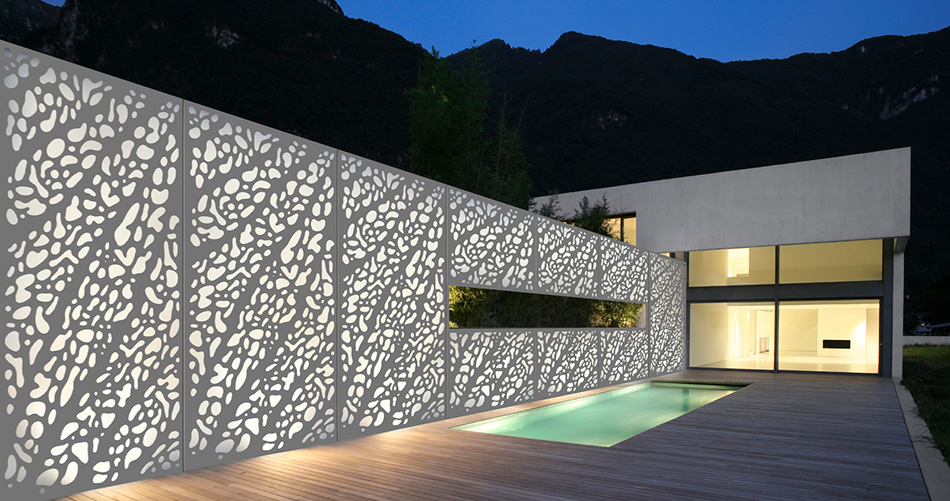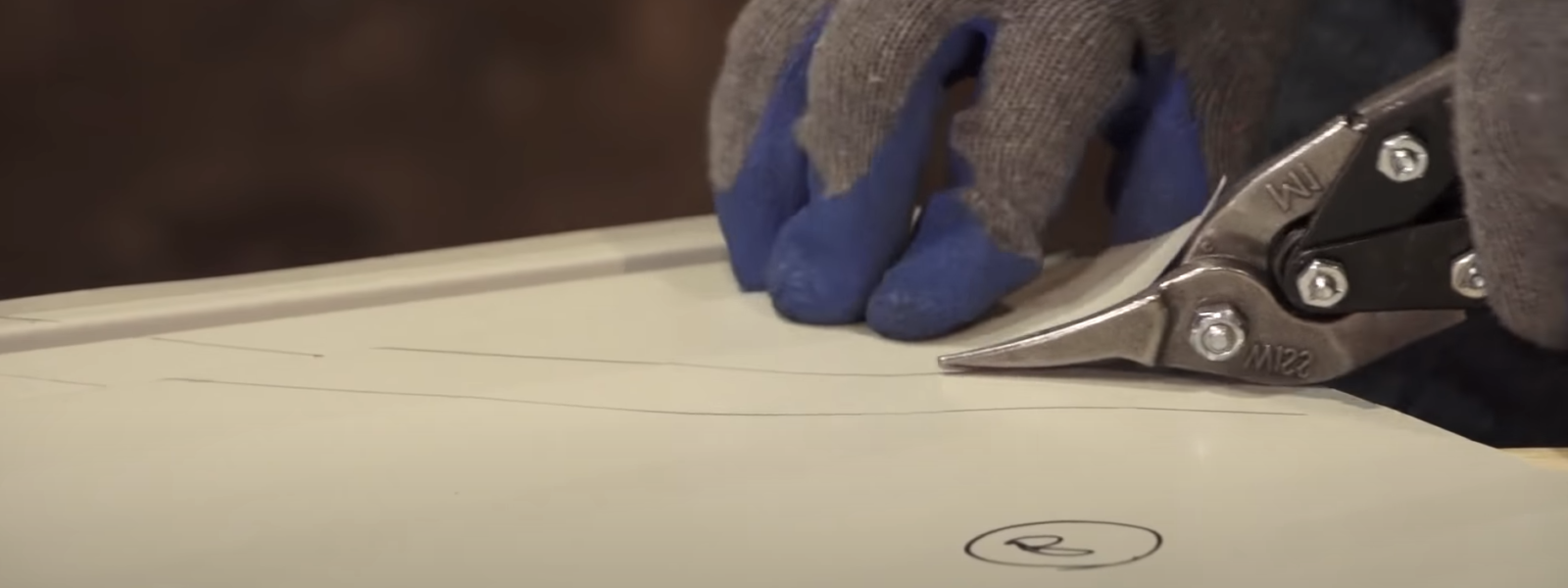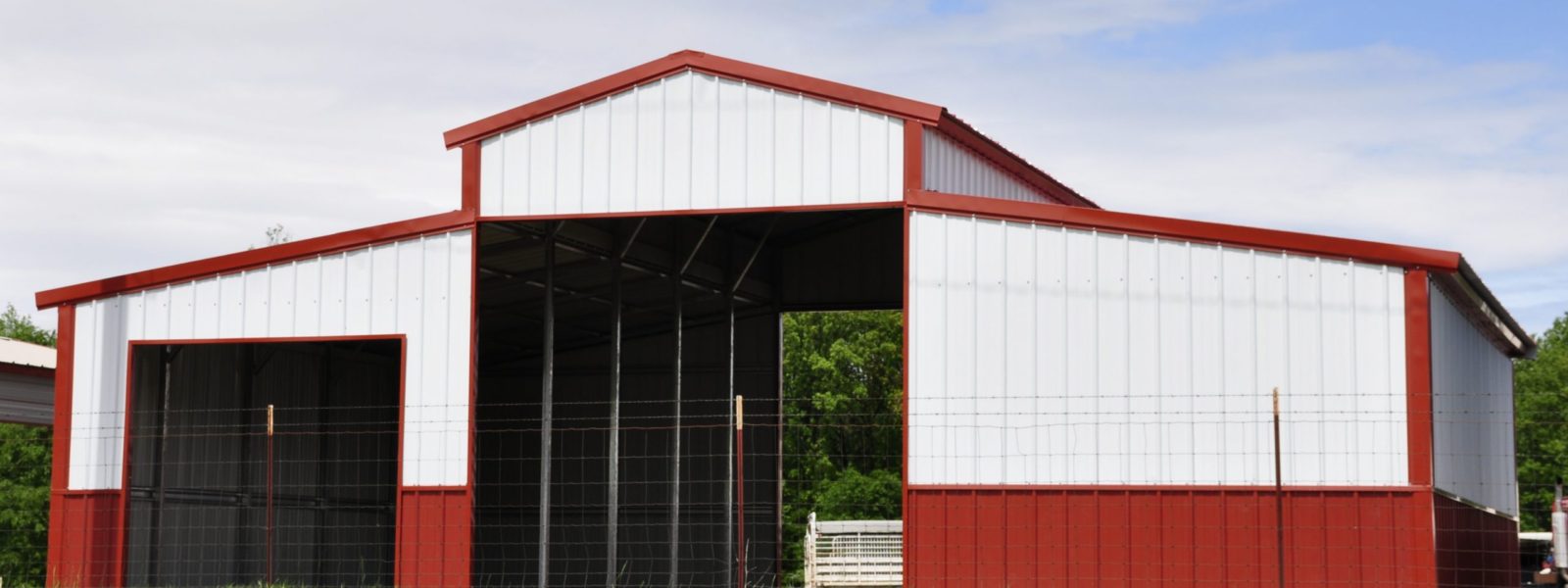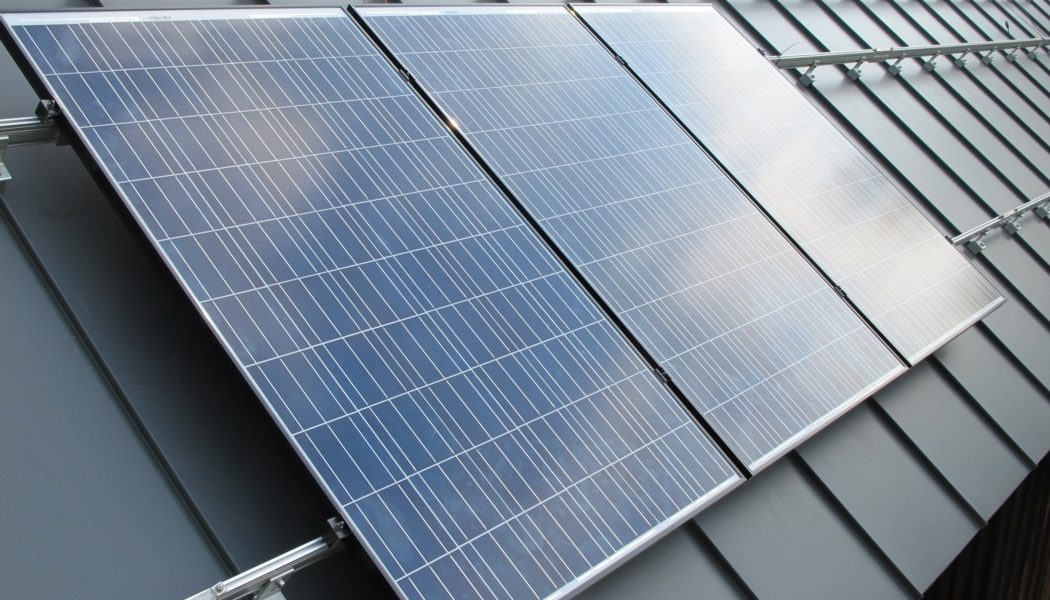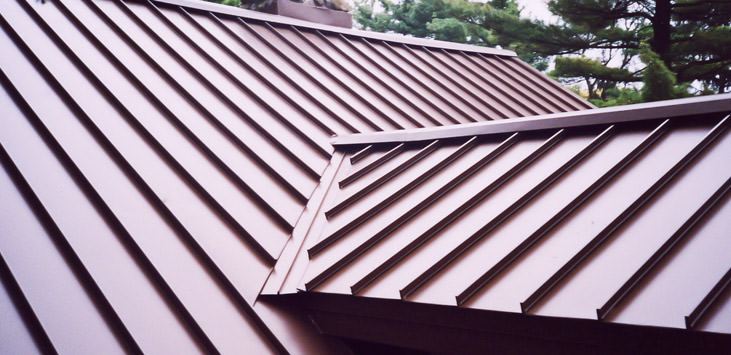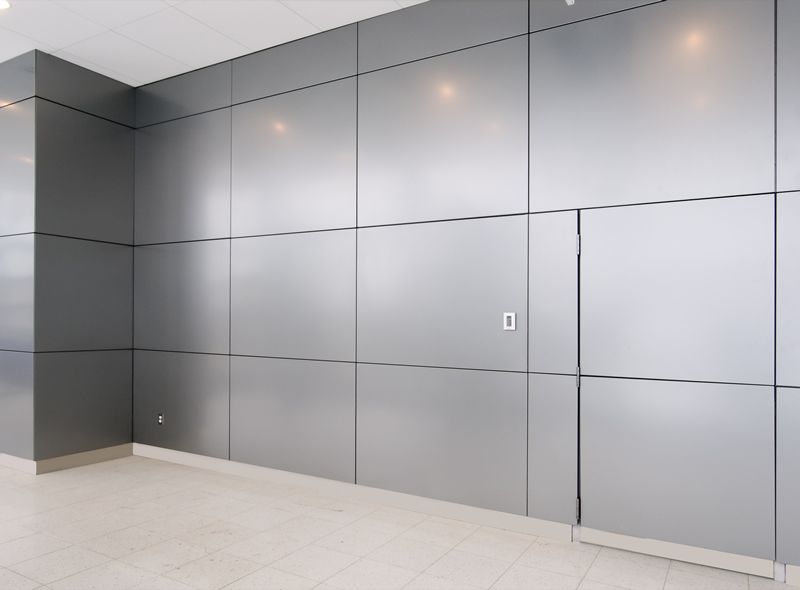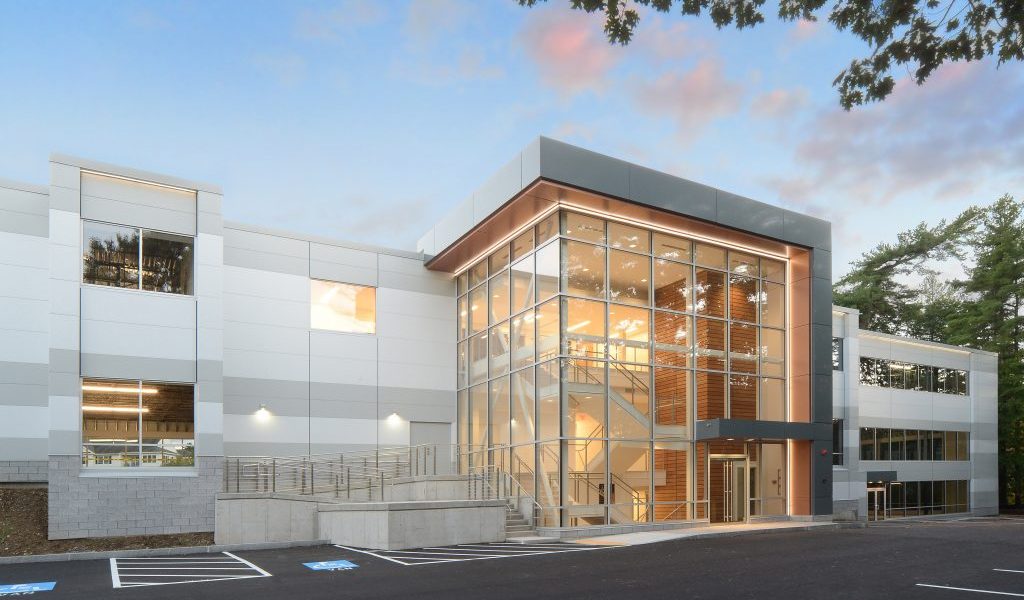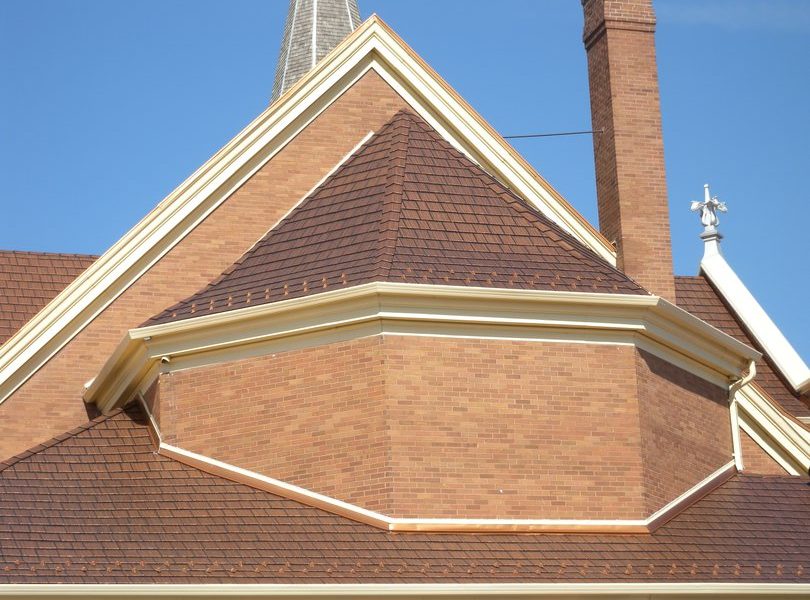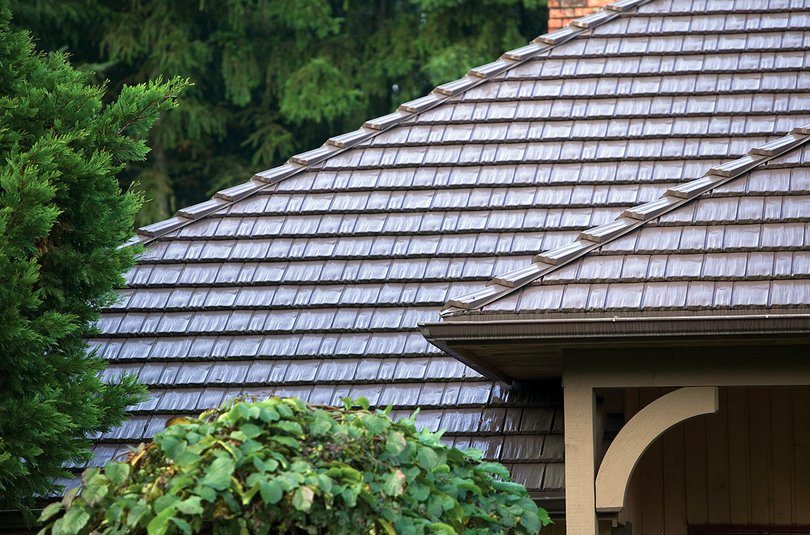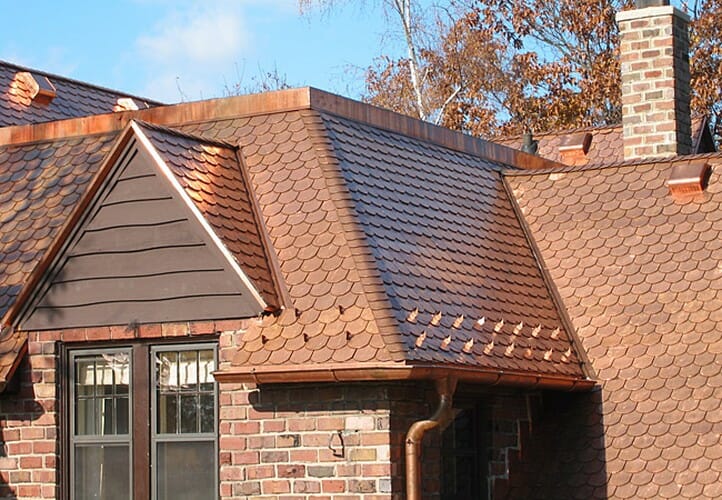While metal panels used to be shied away from in high end commercial and residential design, these panels are now at the forefront of stunning architectural design. Their versatility, malleability, durability, and lightweight qualities make them an excellent choice for building designers who are concerned with sustainability and longevity. So exactly how are these metal panels most commonly used today?
Metal Wall Panels
Architectural metal wall panels are used on the exterior of the building. These systems can include single skin, insulated, exposed fastener, concealed fastener and interior wall liners. Most of these panels can be installed both vertically and horizontally, providing additional flexibility in design. An added benefit? A room made of metal panels can help contain a fire from spreading, as well as keeping the room cooler in the event of an emergency. These panels can be used for new construction or to retrofit existing buildings. Common applications include retail, educational, self-storage, agricultural, residential and industrial buildings.
Metal Roofing System
Metal roofing panels have been used in a variety of educational, civic, agricultural, residential, retail, industrial, healthcare and recreational applications.. The benefits of metal roofing include energy-saving technology, a lifespan of over 60 years, low maintenance requirements, and strong weather resistance. The ease of installation, longevity, sustainability, and durability of these panels also make them a cost-efficient investment compared to traditional asphalt roofing.
Unique Interior or Exterior Design
Metal panels can be used for more than just siding or roofing. These panels can also add incredible aesthetic appeal to your building! Imagine unique textured walls or separators throughout your landscaping. Contrasting elements on the exterior of your building. An accent wall that looks like wood without the threat of rot. A unique kitchen island, ceiling medallion, or molding. Interior or exterior design capabilities with metal panels are nearly endless! And since this material is malleable, it can even be warped to create unique shapes.
Would you like to learn more about how metal panels can be used to enhance your building? Our qualified team of professionals would be happy to help! Contact us today at 519-451-7663 or info@ecoinsulatedpanels.com.

